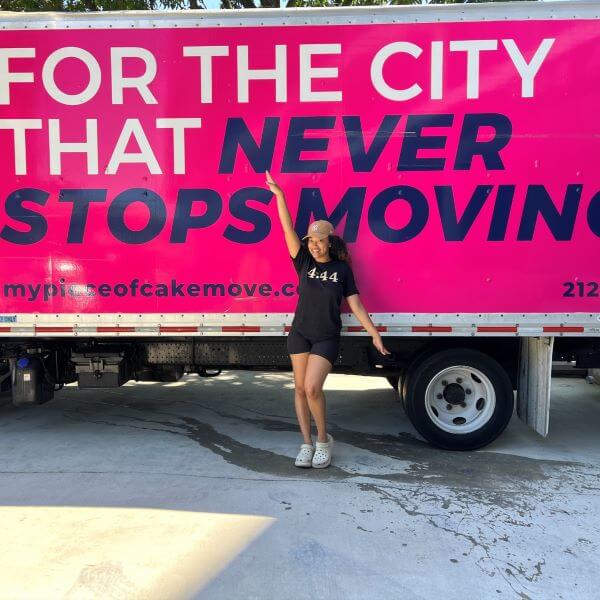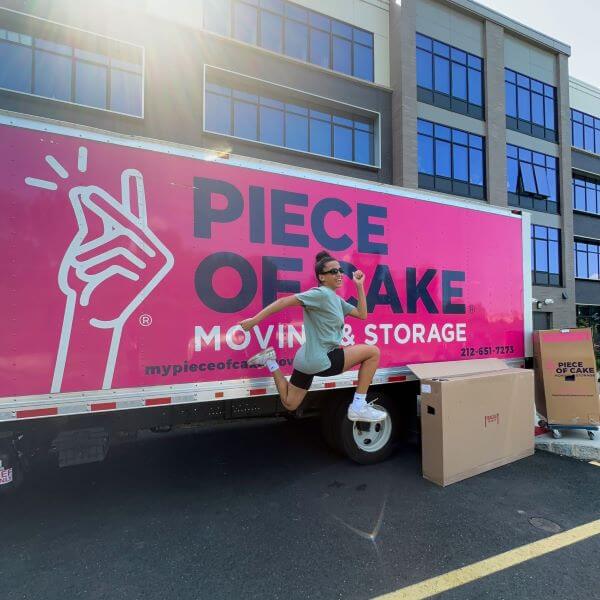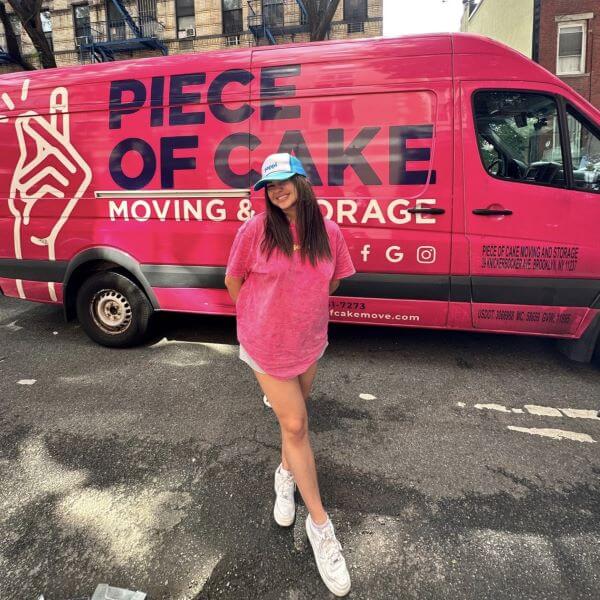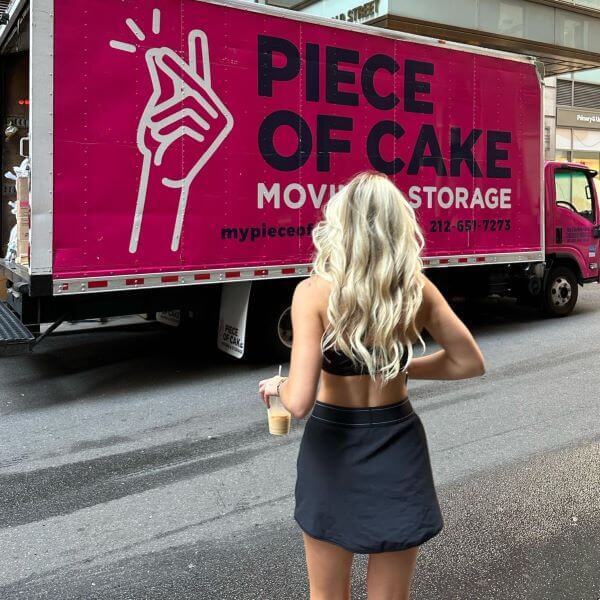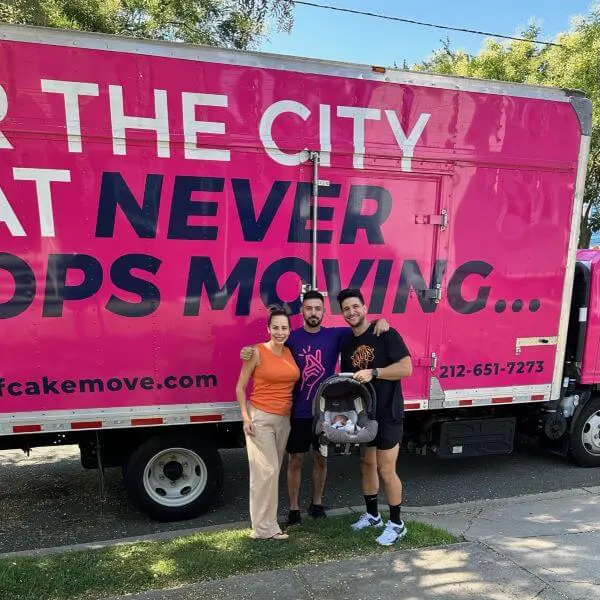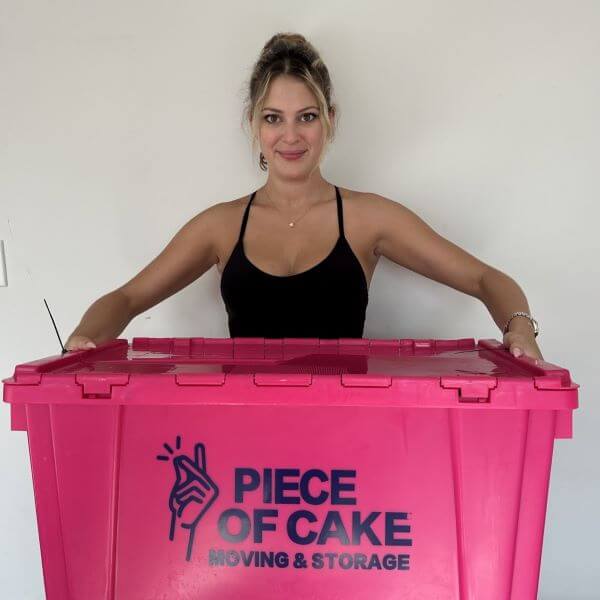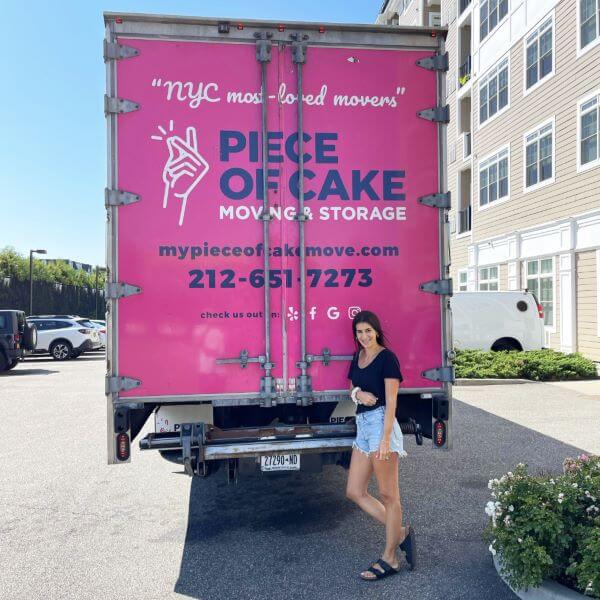How to get your security deposit back in NYC?
 If you’re an upstanding tennant you should be getting your security deposit back in quick time from your New York landlord, and in some cases with interest. That applies even if you’re an international resident with no U.S. credit or a student. Learn about the process for getting what you’re entitled to when it’s time to move on.
If you’re an upstanding tennant you should be getting your security deposit back in quick time from your New York landlord, and in some cases with interest. That applies even if you’re an international resident with no U.S. credit or a student. Learn about the process for getting what you’re entitled to when it’s time to move on.
Renting in New York City can be such a wild ride, the experience even inspired a Broadway musical.
In any location, you have to find an apartment, sign the lease, let your current landlord know you are moving, make all the down payments and hire a mover, but in NYC there is also a kaleidoscope of challenges unlike anywhere else in the world.
First of all, it’s a lot of money to put forward all at once. You are paying first and last month’s rent, a security deposit, possibly broker fees and moving costs. You’re juggling Certificates of Insurance so your movers can do their job, bed bug inspections, lead paint declarations and Co-Op interviews. Chances are you’ve got an apartment that would be double the size in another major city, for the same price. That’s before you even discover the quirks of living there, like unpredictable heating or mice problems. No wonder when it’s time to leave your current property you want to make sure you get every single penny back from your security deposit.
70% of the population in NYC rents, it’s one of the few cities in the U.S. where renters make up such a large portion of the population. However, the large number of renters in the city doesn’t equate to low rent. If anything, rental laws in New York are often changing and it’s quite a task to keep up, let alone hold your broker or landlord accountable to them.
Your hard earned deposit is something you don’t want to have to fight for at the end of your lease. But it’s up to you to know the right questions to ask and the regulations in place to protect you.
How do security deposits in New York differ?
A security deposit is a sum of money that a renter pays to the landlord or property management when the lease is signed, along with application fees and first month’s rent. The security deposit is held for the duration of the tenancy and is essentially a form of insurance incase of damages.
Deposits are refundable and tenants can get their money back after the lease is over if the apartment is left in good condition. A landlord must return a tenant’s security depository within 14 days after they have completely moved out of the apartment with their keys returned. But if the property is damaged the security payment is used to cover repairs that are beyond normal wear and tear.
Landlord security deposit rules vary from state to state in NYC, The Housing Stability and Tenant Protection Act of 2019 enacted various positive changes for renters, such as limiting security deposits to one month’s rent at most. If a landlord or owner demands that a tenant or guarantor pay more than one month’s rent as a security deposit, the tenant can file a formal complaint with any supporting documentation via the New York State Division of Housing and Community Renewal.
A little known fact in the State of New York, is that the deposit should also be placed in the bank to earn interest. Landlords are obligated to tell tenants the name and address of the bank it is being held in an interest bearing account along with the amount of the deposit. For those living in non regulated buildings with six or more units, landlords also have to pay tenants interest on the security deposit. A landlord can retain up to 1% of the interest accrued for administrative costs but the rest is for the tenant to choose how they want to receive it, as either an amount subtracted from the rent, paid at the end of every year, or paid at the end of the lease. If a tenant disagrees with the owners handling of this process that can begin proceedings in the small claims court or contact the Consumer Frauds and Protection Bureau of the New York State Attorney General’s Office.

What can a landlord deduct from a security deposit?
If any money is taken out of the deposit for any reason, the landlord must provide the tenant with an itemized statement to show why some funds have been withdrawn from the total amount.
According to The Housing Stability and Tenant Protection Act of 2019, the security deposit must be returned in full except under certain circumstances.
This includes “non-payment of rent, damage caused by the tenant beyond normal wear and tear, non-payment of utility charges payable directly to the landlord under the terms of the lease or tenancy, and moving and storage of the tenant’s belongings.”
It is normal when living in a space for it to be exposed to “normal wear and tear”. This type of wear includes things like faded paint, minor scuff marks on walls, faded countertops and moderate spotting on the carpet. As long as there is no excessive damage created by the tenant then the deposit cannot be used. This is why it is vital to do a “walk through” and inspect the property for any damages, looking for even minor imperfections before you sign a lease.
Once you’ve arrived, take photos within 24 hours of moving in and make sure that you and the landlord are clear which damages were there prior to you living in the property. This will make the process much easier to document when you move out so you’re not stung with repairs you weren’t responsible for.
Tips on how you can get your security deposit back on your current property and newly signed lease
1. Inspect your new property for any damage
After signing your new lease, make sure to walk through and inspect the space for any pre-existing damage including cupboard doors, draws and areas not immediately visible. Test the water, heating and AC. We recommend that you take detailed photographs noting any new issues you might notice. Make sure you share these photos and details with your landlord, and have them note the images so it’s on record.
2. Walk through your current property damage and consider any repairs
Get a head start on any damages that may have occurred in your current property before you leave. Do a walk through and inspect any damage, both excessive and minor.
It may be cheaper for you to make any repairs before leaving the property like a touch up of paint and deep cleaning of any carpet stains. It gives you some control over the cost and process which your landlord will arrange when you move out without worrying about your budget.
Also be sure to clean everything thoroughly and return any changes to their original state, such as removing light fittings you installed.
If you’re unsure about your landlord’s expectations for the apartment, be sure to ask them beforehand and clarify their expectations. Once you’re done, take photos and videos of the apartment to document the state in which you’ve left it.
3. Make sure you give your notice in writing and on time
In the State of New York, residents are required to give their notice within one month of their intended move out date. Be sure to put your notice in writing and send it by certified mail, which independently documents the timing in case you end up needing to fight for your deposit back.
Most reputable landlords and building management companies have portals where you can submit your notice and sign the end of your lease documents.
4. Hire professional movers
The last thing you want is damage to your old and new properties on moving day because you didn’t hire professional movers. Professional movers are trained to handle your belongings with care without scuffing walls, floors and the public areas of your building such as hallways, elevators and door frames etc. Professional movers will provide you with a COI (Certificate of Insurance) which is compulsory in New York City buildings so if any damage does occur they are covered to fix it at no cost to you. It may be appealing to try and save a few dollars on moving day but consider for a moment, an average COI is in the order of several million dollars. One mistake by a dodgy operator can end up as a huge headache for you.
5. Don’t leave anything behind and remember to return the keys
Make sure you remove everything! Any rubbish or furniture left behind will need to be disposed of by the landlord, which can incur a fee deducted from your deposit.
You can easily organise the city to come and pick up any furniture for disposal for free, including mattresses, rugs and bookcases. Just be sure to book your pick up in advance with the city via their online portal here. You may want to coordinate this in advance with your super because these large items can’t be left our during the day to block parts of the sidewalk or make it unsafe. They have to be left outside after 4pm and before midnight.
The Department of Sanitation also has a search function to check on any items you’re unsure about such as electronics which can also be dropped off locations such as selected Best Buys, Staples, Apple and Goodwill stores. Search your nearest electronics drop off here.
If you have metal furniture you no longer want or can donate like chairs or side tables, those items are considered “Metal/Rigid Plastic Bulk” and should be left out for pick up on Recycling Collection Day, being mindful to leave them out in the evening and not create a tripping hazard.
Alternatively, if your items are in a good condition, consider donating them to a charity. Drop off points are throughout the city and this easy search tool will help you find your closest location. In NYC, landlords are required to return the security deposit within 14 days of the tenant moving out and returning the keys.
6. Pass on your forwarding address
Be sure to give your landlord your new address so they are able to contact you in order to return your deposit along with the itemized deductions list. If you have changed your cell number in the period immediately before or after your move, make sure they have the correct details so there’s an additional avenue of contact if it’s needed.
What to do if landlord won’t return deposit back?
If for whatever reason you don’t get your security deposit back or don’t agree with your landlord’s deductions to the deposit, there are some steps you can take to get your money back.
Honesty is always the best policy if you did cause excessive damage to the property. The landlord is within their rights to deduct your deposit and it’s worth trying to resolve the matter with them before taking further steps.
1. Contact your landlord to discuss your deposit
If you’re unhappy with your landlord’s deductions to your security deposit or if you believe they have broken the state’s security deposit law you can first try to negotiate and come to an agreement with your landlord.
We suggest putting your requests in writing all communication to the landlord in writing with dates, images and details. If you’re concerned about a lack of response, send a letter by certified mail, keeping a copy for yourself. If you do come to an agreement make sure you put any agreement in writing and signed by both of you so it is a legal contract.
2. Send a demand letter
If negotiating with your landlord doesn’t work, you can write a demand letter asking for the return of the deposit. You can find templates online or seek professional help with a tenants right lawyer.
There are many services and groups in NYC to help in such situations with good free resources for tenants. The City also runs a hotline to provide advice, after partnering with non-profit service providers in the 5 boroughs. You can find the details here. It should include the main facts, your legal rights, what you want, and state your intention to sue in small claims court if necessary.
3. If all else fails, small claims court
If your landlord doesn’t respond or you are unable to come to an agreement, you can file a lawsuit against them in small claims court. This usually costs less than $50 and you don’t need a lawyer. You can sue for the amount of the security deposit your landlord withheld, up to NY’s state limit of $5,000.
Ready to make a move? Get in touch today for an obligation-free guaranteed flat price moving quote.
Related articles
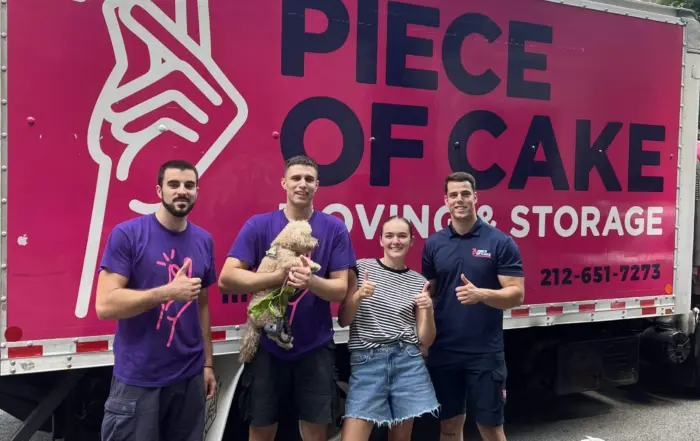
Average Moving Cost in Connecticut: Factors that Affect Moving Prices
Learn More
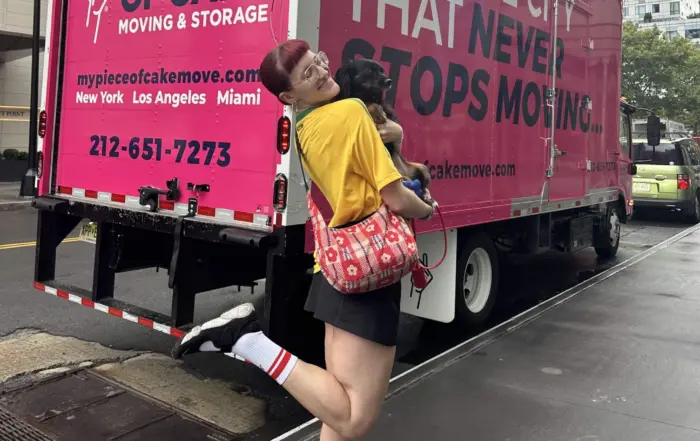
9 Tips for Moving to a Building with no Elevator
Learn More
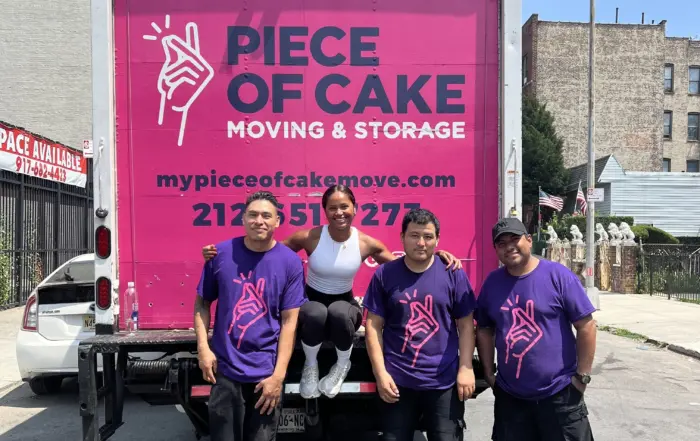
How to Get Rid of a Couch in 8 Easy Ways
Learn More
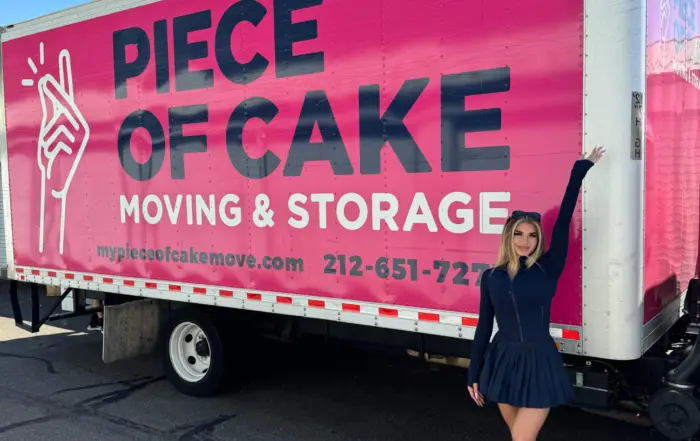
Average Moving Costs in NJ: Factors that Affect Moving Prices
Learn More



